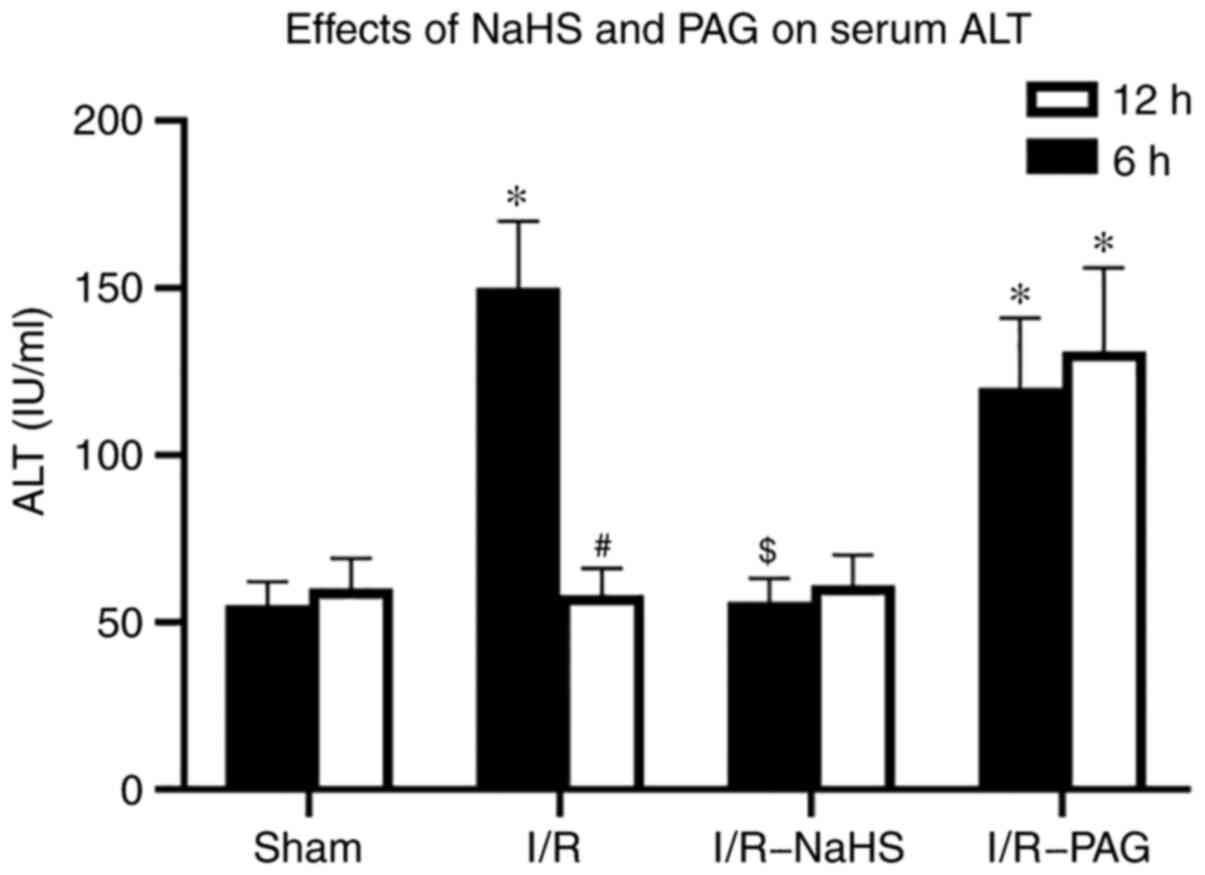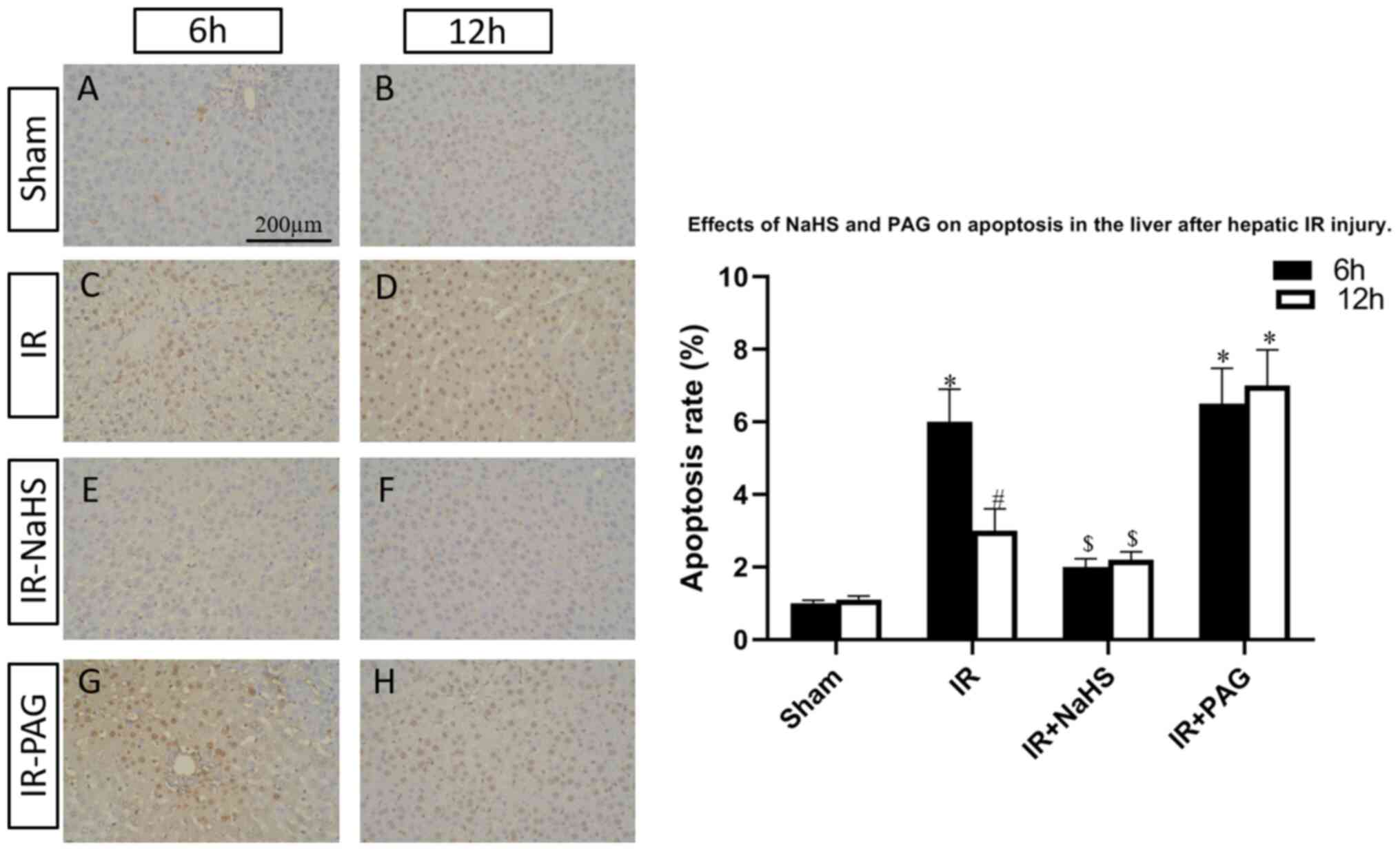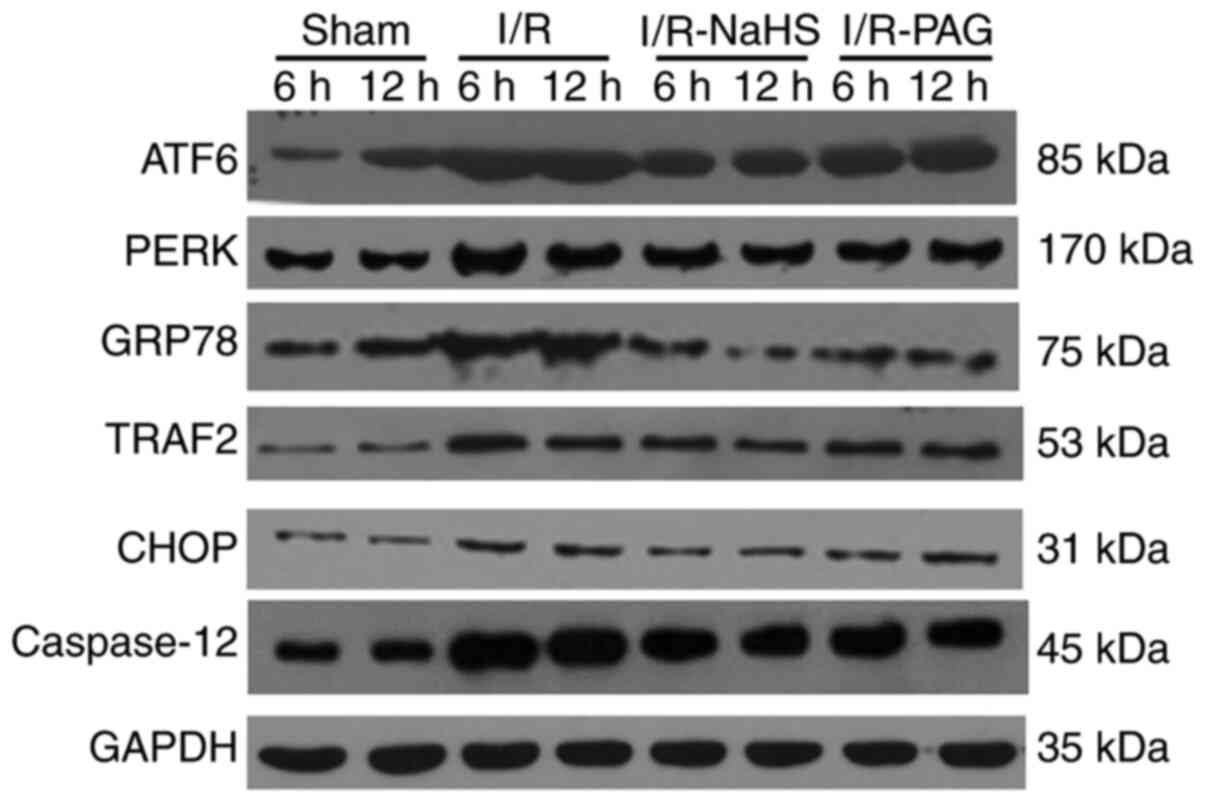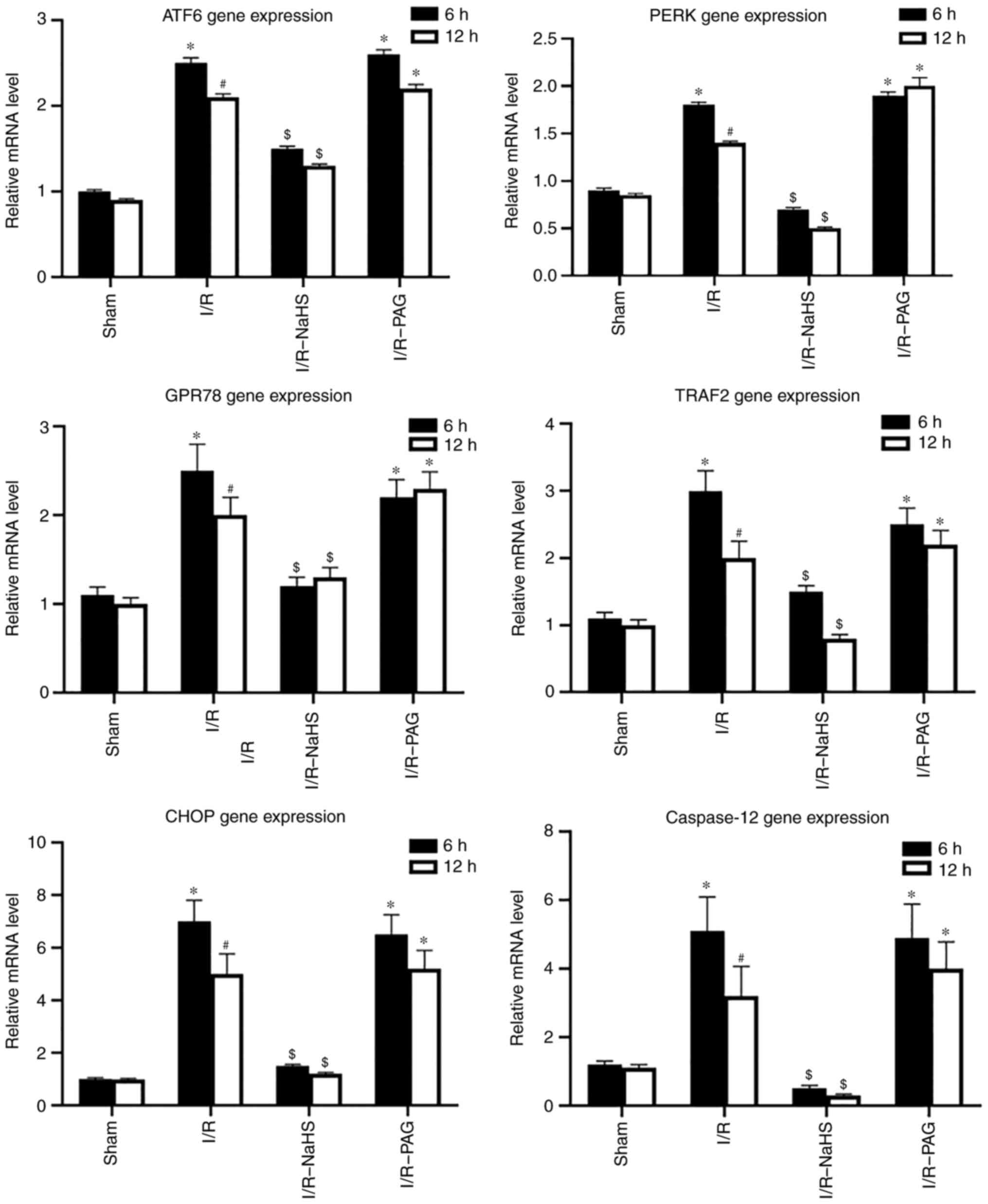|
1
|
Jaeschke H and Woolbright BL: Current
strategies to minimize hepatic ischemia-reperfusion injury by
targeting reactive oxygen species. Transplant Rev (Orlando).
26:103–114. 2012.PubMed/NCBI View Article : Google Scholar
|
|
2
|
Hines IN and Grisham MB: Divergent roles
of superoxide and nitric oxide in liver ischemia and reperfusion
injury. J Clin Biochem Nutr. 48:50–56. 2011.PubMed/NCBI View Article : Google Scholar
|
|
3
|
Kupiec-Weglinski JW and Busuttil RW:
Ischemia and reperfusion injury in liver transplantation.
Transplant Proc. 37:1653–1656. 2005.PubMed/NCBI View Article : Google Scholar
|
|
4
|
Urakami H, Abe Y and Grisham MB: Role of
reactive metabolites of oxygen and nitrogen in partial liver
transplantation: Lessons learned from reduced-size liver ischaemia
and reperfusion injury. Clin Exp Pharmacol Physiol. 34:912–919.
2007.PubMed/NCBI View Article : Google Scholar
|
|
5
|
Abu-Amara M, Yang SY, Tapuria N, Fuller B,
Davidson B and Seifalian A: Liver ischemia/reperfusion injury:
Processes in inflammatory networks--a review. Liver Transpl.
16:1016–1032. 2010.PubMed/NCBI View
Article : Google Scholar
|
|
6
|
Duvigneau JC, Kozlov AV, Zifko C, Postl A,
Hartl RT, Miller I, Gille L, Staniek K, Moldzio R, Gregor W, et al:
Reperfusion does not induce oxidative stress but sustained
endoplasmic reticulum stress in livers of rats subjected to
traumatic-hemorrhagic shock. Shock. 33:289–298. 2010.PubMed/NCBI View Article : Google Scholar
|
|
7
|
Deng Y, Srivastava R and Howell SH:
Endoplasmic reticulum (ER) stress response and its physiological
roles in plants. Int J Mol Sci. 14:8188–8212. 2013.PubMed/NCBI View Article : Google Scholar
|
|
8
|
Xu C, Bailly-Maitre B and Reed JC:
Endoplasmic reticulum stress: Cell life and death decisions. J Clin
Invest. 115:2656–2664. 2005.PubMed/NCBI View
Article : Google Scholar
|
|
9
|
Emadali A, Nguyên DT, Rochon C, Tzimas GN,
Metrakos PP and Chevet E: Distinct endoplasmic reticulum stress
responses are triggered during human liver transplantation. J
Pathol. 207:111–118. 2005.PubMed/NCBI View Article : Google Scholar
|
|
10
|
Wang R: Physiological implications of
hydrogen sulfide: A whiff exploration that blossomed. Physiol Rev.
92:791–896. 2012.PubMed/NCBI View Article : Google Scholar
|
|
11
|
Kimura H: Hydrogen sulfide: From brain to
gut. Antioxid Redox Signal. 12:1111–1123. 2010.PubMed/NCBI View Article : Google Scholar
|
|
12
|
Calvert JW, Coetzee WA and Lefer DJ: Novel
insights into hydrogen sulfide--mediated cytoprotection. Antioxid
Redox Signal. 12:1203–1217. 2010.PubMed/NCBI View Article : Google Scholar
|
|
13
|
Kabil O and Banerjee R: Redox biochemistry
of hydrogen sulfide. J Biol Chem. 285:21903–21907. 2010.PubMed/NCBI View Article : Google Scholar
|
|
14
|
Jha S, Calvert JW, Duranski MR,
Ramachandran A and Lefer DJ: Hydrogen sulfide attenuates hepatic
ischemia-reperfusion injury: Role of antioxidant and antiapoptotic
signaling. Am J Physiol Heart Circ Physiol. 295:H801–H806.
2008.PubMed/NCBI View Article : Google Scholar
|
|
15
|
Tan EK, Shuh M, Francois-Vaughan H,
Sanders JA and Cohen AJ: Negligible oval cell proliferation
following ischemia-reperfusion injury with and without partial
hepatectomy. Ochsner J. 17:31–37. 2017.PubMed/NCBI
|
|
16
|
Zhang T, Ma Y, Xu KQ and Huang WQ:
Pretreatment of parecoxib attenuates hepatic ischemia/reperfusion
injury in rats. BMC Anesthesiol. 15(165)2015.PubMed/NCBI View Article : Google Scholar
|
|
17
|
Livak KJ and Schmittgen TD: Analysis of
relative gene expression data using real-time quantitative PCR and
the 2(-Delta Delta C(T)) Method. Methods. 25:402–408.
2001.PubMed/NCBI View Article : Google Scholar
|
|
18
|
Wei H, Zhang R, Jin H, Liu D, Tang X, Tang
C and Du J: Hydrogen sulfide attenuates
hyperhomocysteinemia-induced cardiomyocytic endoplasmic reticulum
stress in rats. Antioxid Redox Signal. 12:1079–1091.
2010.PubMed/NCBI View Article : Google Scholar
|
|
19
|
Georgiev P, Dahm F, Graf R and Clavien PA:
Blocking the path to death: Anti-apoptotic molecules in
ischemia/reperfusion injury of the liver. Curr Pharm Des.
12:2911–2921. 2006.PubMed/NCBI View Article : Google Scholar
|
|
20
|
Jaeschke H and Lemasters JJ: Apoptosis
versus oncotic necrosis in hepatic ischemia/reperfusion injury.
Gastroenterology. 125:1246–1257. 2003.PubMed/NCBI View Article : Google Scholar
|
|
21
|
Shore GC, Papa FR and Oakes SA: Signaling
cell death from the endoplasmic reticulum stress response. Curr
Opin Cell Biol. 23:143–149. 2011.PubMed/NCBI View Article : Google Scholar
|
|
22
|
Lee AS: The glucose-regulated proteins:
Stress induction and clinical applications. Trends Biochem Sci.
26:504–510. 2001.PubMed/NCBI View Article : Google Scholar
|
|
23
|
Szegezdi E, Logue SE, Gorman AM and Samali
A: Mediators of endoplasmic reticulum stress-induced apoptosis.
EMBO Rep. 7:880–885. 2006.PubMed/NCBI View Article : Google Scholar
|
|
24
|
Tabas I and Ron D: Integrating the
mechanisms of apoptosis induced by endoplasmic reticulum stress.
Nat Cell Biol. 13:184–190. 2011.PubMed/NCBI View Article : Google Scholar
|
|
25
|
Nakagawa T, Zhu H, Morishima N, Li E, Xu
J, Yankner BA and Yuan J: Caspase-12 mediates
endoplasmic-reticulum-specific apoptosis and cytotoxicity by
amyloid-beta. Nature. 403:98–103. 2000.PubMed/NCBI View
Article : Google Scholar
|
|
26
|
Szegezdi E, Fitzgerald U and Samali A:
Caspase-12 and ER-stress-mediated apoptosis: The story so far. Ann
N Y Acad Sci. 1010:186–194. 2003.PubMed/NCBI View Article : Google Scholar
|
|
27
|
Obert DP, Wolpert AK and Korff S:
Modulation of endoplasmic reticulum stress influences
ischemia-reperfusion injury after hemorrhagic shock. Shock.
52:e76–e84. 2019.PubMed/NCBI View Article : Google Scholar
|
|
28
|
Emerson B, Dransfield I, Morton NM and
Gray GA: Expression and localisation of H2S metabolising
enzymes in the murine myocardium and liver. Nitric Oxide.
27:S29–S30. 2012.
|
|
29
|
Han SJ, Kim JI, Park JW and Park KM:
Hydrogen sulfide accelerates the recovery of kidney tubules after
renal ischemia/reperfusion injury. Nephrol Dial Transplant.
30:1497–1506. 2015.PubMed/NCBI View Article : Google Scholar
|


















